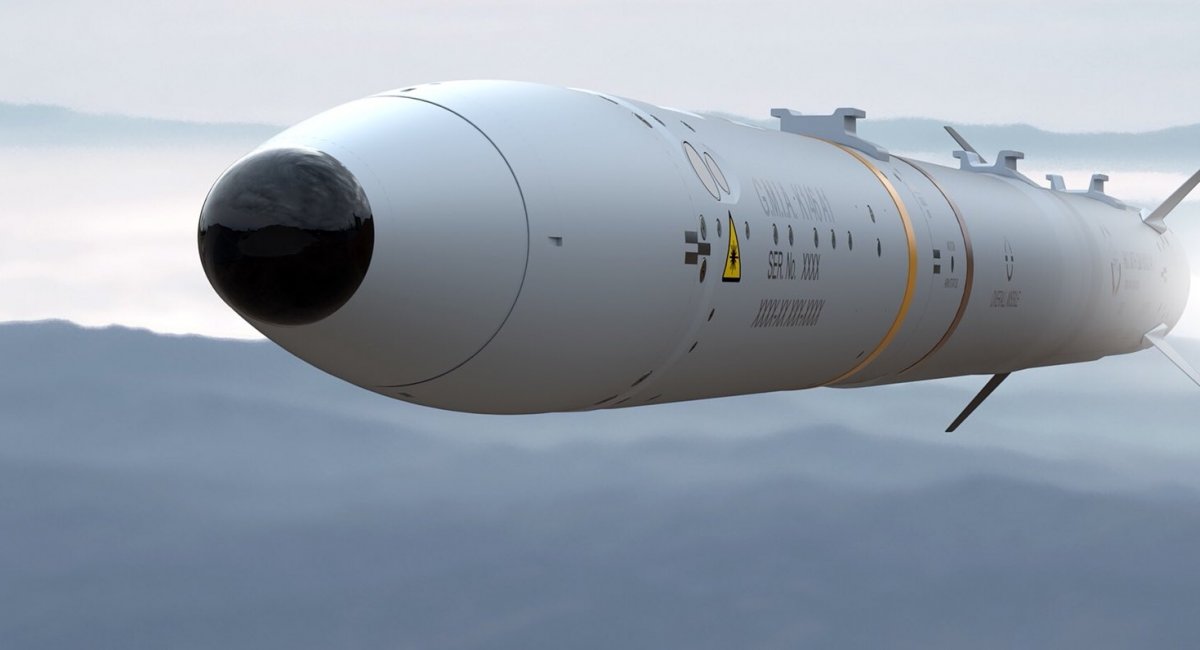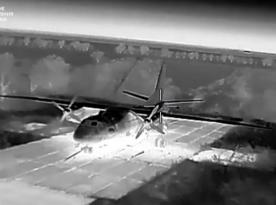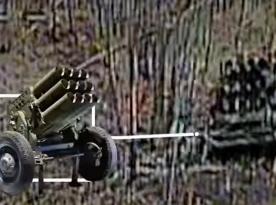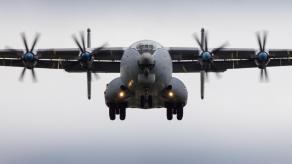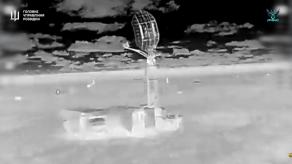According to The Drive on recent video footage unveiled this unique mobile air defense missile system in action in Southern Ukraine against a Russian drone. This system ombine the AIM-132 Advanced Short-Range Air-to-Air Missile (ASRAAM) mounted on a High Mobility Transporter (HMT) by Supacat, both supplied by the United Kingdom. The video showcases the system's exceptional agility, even when engaging lower-flying targets at shorter ranges.
The AIM-132 ASRAAM system, originally designed as an air-launched weapon, has demonstrated impressive adaptability when employed in ground-launched scenarios. This adaptability is attributed to its high off-boresight (HOBS) seeker and lock-on-after-launch (LOAL) capability, facilitated by a data link. These features allow the missile to effectively detect, track, and engage targets, even when they are not directly in front of the missile.
Read more: The UK Strengthened Ukraine's Air Defense with Unannounced Ground Launched AIM-132 ASRAAM Missiles
The video footage also suggests the system's potential utility against incoming cruise missiles and kamikaze drones, both of which have become primary tools in Russian attacks on Ukrainian targets. However, precise details regarding the number of ASRAAM/Supacat systems in Ukraine's inventory and their overall capacity remain undisclosed.
In August 2023, the United Kingdom approved additional military assistance to Ukraine by delivering this new mobile air defense system, combining ASRAAM IR anti-aircraft missiles with the Supacat High Mobility Transporter (HMT) wheeled vehicle. This collaborative effort between the British Ministry of Defense and MBDA, the missile systems manufacturer, has resulted in an innovative air defense solution not yet employed by any other military.
The ASRAAM missile, also designated as AIM-132, with its all-aspect engagement capability, provides a significant advantage in short-range air combat scenarios. Its infrared-homing seeker, using a 128x128 element focal plane array, allows it to lock onto the heat signature of enemy aircraft, granting the missile the ability to engage targets effectively from various angles. Furthermore, its impressive speed and maneuverability make it a formidable asset, especially in high-paced air combat environments. While its maximum speed remains classified, it is known to operate at speeds exceeding Mach 3.
The missile's high off-boresight (HOBS) seeker and lock-on-after-launch (LOAL) capability, facilitated by a datalink, further enhances its capacity to detect, track, and engage targets that are not directly in front of it. Weighing approximately 200 pounds, the ASRAAM measures 2.9 m in length and has a diameter of 166 mm. Its warhead is a 10 kg blast/fragmentation type, featuring detonation mechanisms such as a laser proximity fuze and impact detonation.
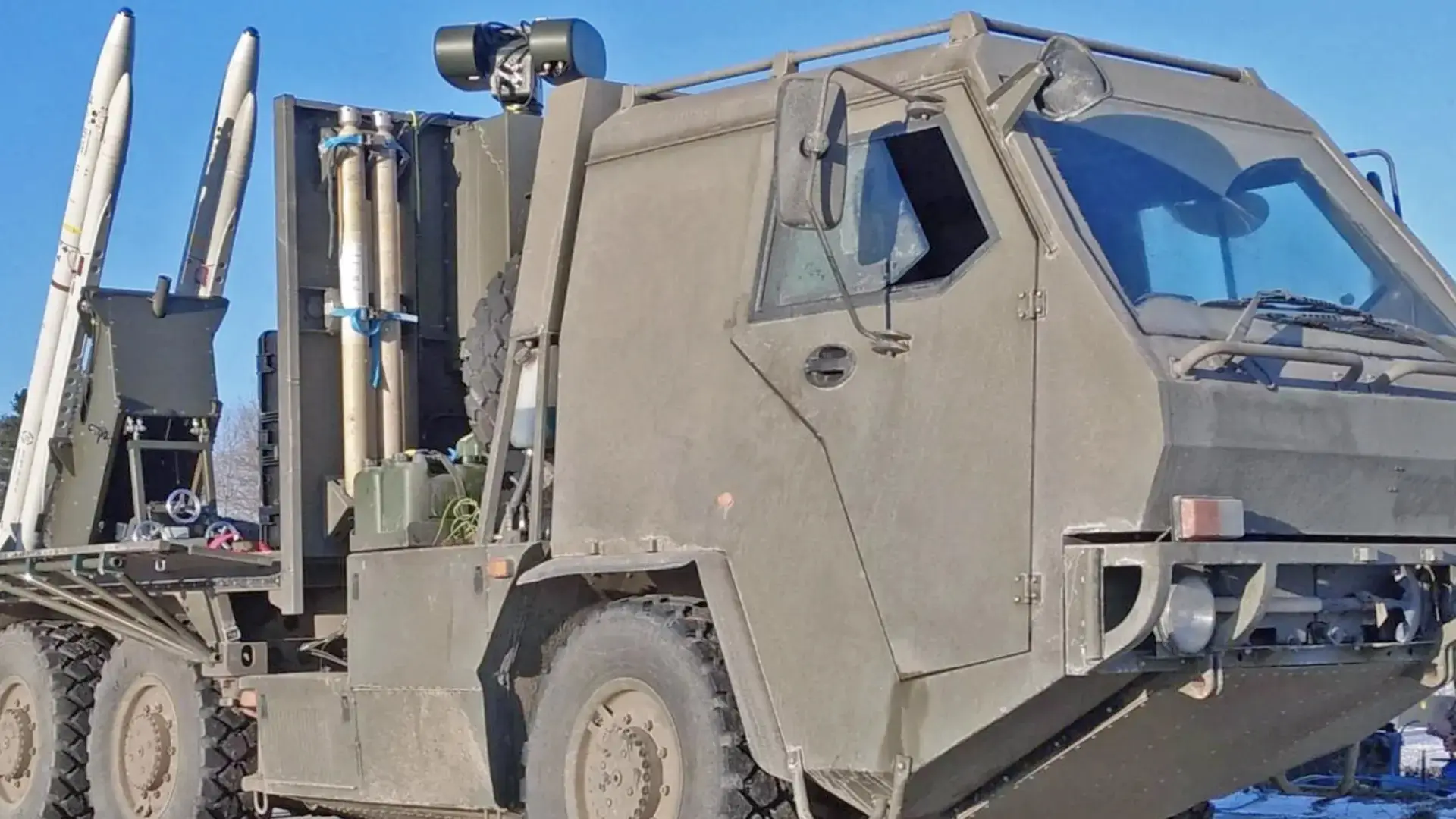
In air-launched scenarios, the ASRAAM can engage targets at distances exceeding 24 km, with unconfirmed reports suggesting a potential range of up to 50 km under optimal conditions. However, when used in surface-launched applications, this range is typically significantly reduced.
In the ongoing conflict, highly mobile systems like the Supacat/ASRAAM combination could prove pivotal for Ukraine's defense against Russian air threats near the front lines. As Ukraine grapples with the demand for defense systems and munitions, innovative solutions like these become increasingly essential to safeguard its territory, as demonstrated in multiple domains such as drones, missiles, or mine-clearing operations.
Read more: The British Almost a Year Ago Made the Wolfram Combat Vehicle for Ukrainians to Launch Brimstone Missiles




